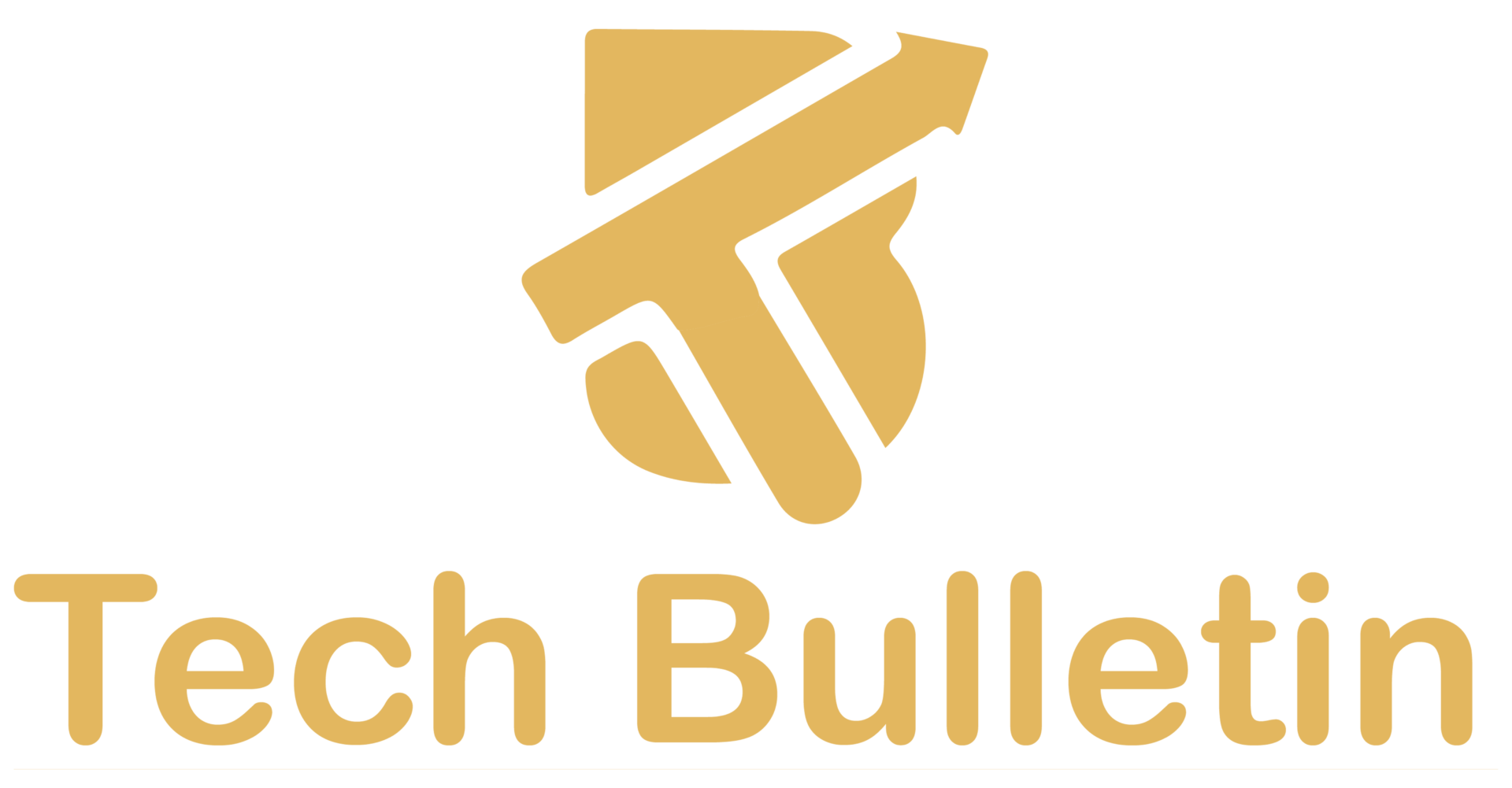What is the Best Cash Flow Forecasting and Reporting Tool for Tech Startups?

As a tech startup, managing cash flow effectively can be one of the biggest challenges you face. A steady cash flow is crucial for keeping operations running smoothly, but how can you ensure you have enough liquidity to sustain growth, manage expenses, and avoid running into cash shortfalls? The answer lies in choosing the best cash flow forecasting and reporting tool for your needs.
In this article, we’ll explore the top tools that can help tech startups stay ahead of their finances and provide you with a comprehensive guide to making the right choice.
Why Cash Flow Forecasting and Reporting Matter for Tech Startups
Startups, especially those in the tech sector, often face unpredictable income and fluctuating expenses. A solid cash flow forecasting and reporting tool is key to managing this volatility.
The Importance of Accurate Cash Flow Forecasting
Accurate cash flow forecasting enables you to anticipate future financial needs, manage short-term cash gaps, and make informed decisions about your growth trajectory. For tech startups that are often operating with limited capital, having a reliable tool in place can be the difference between success and failure.
1. Key Features to Look for in a Cash Flow Forecasting Tool
When selecting the best cash flow forecasting and reporting tool, you need to consider certain features that will allow you to manage your finances effectively. Not all tools are created equal, and what works for one startup might not be suitable for another.
Real-Time Data Integration
Your tool should be able to pull real-time data from your accounting software, bank accounts, and payment processors. This ensures that your forecasts are based on the most current information available, providing accurate insights into your cash flow.
Customization Options
Every startup is unique, especially in the tech industry. Your cash flow forecasting tool should allow for customization to reflect your specific revenue streams, expenses, and growth expectations. This includes the ability to adjust your forecast for seasonality, funding rounds, or product launches.
Scenario Planning and “What-If” Analysis
Tech startups often face uncertain conditions, such as fluctuating customer demand or unpredictable funding rounds. The ability to run different scenarios in your forecasting tool can help you plan for these changes, ensuring you’re prepared for any situation.
Automated Reporting
The best cash flow forecasting tools should also provide automated reporting, making it easier to share updates with stakeholders, investors, and team members. Reports should be clear, concise, and easy to understand, allowing you to track financial health without spending hours on manual updates.
2. Top Tools for Cash Flow Forecasting and Reporting
Now that you know the key features to look for, let’s dive into the best cash flow forecasting and reporting tools for tech startups.
QuickBooks Cash Flow Planner

QuickBooks is a widely recognized accounting tool, and its Cash Flow Planner feature makes it easy for startups to forecast and track their cash flow.
- Key Features:
- Syncs with your bank and accounting data
- Offers real-time cash flow updates
- Provides forecasting insights based on historical data
- Customizable reports and scenario analysis
- Pros:
- Well-integrated with QuickBooks’ accounting platform
- User-friendly interface
- Automated cash flow reports
- Cons:
- Limited customization for more complex scenarios
- Higher cost for advanced features
Float
Float is a cloud-based cash flow forecasting tool designed specifically for businesses seeking real-time reporting and straightforward scenario planning. It integrates seamlessly with accounting software like Xero and QuickBooks.
- Key Features:
- Real-time syncing with accounting software
- Forecasts cash flow based on real-time data
- Scenario planning to model different financial situations
- Simple-to-understand visual reports
- Pros:
- Excellent user interface with easy-to-read charts and graphs
- Flexible for small to mid-sized tech startups
- Easy integration with other financial tools
- Cons:
- Somewhat expensive compared to basic tools
- Limited features for larger companies
Pulse
Pulse is a powerful tool designed for cash flow management, offering a comprehensive set of forecasting and reporting features aimed at simplifying financial tracking for startups.
- Key Features:
- Comprehensive dashboard for tracking income and expenses
- Automatic syncing with accounting software
- Customizable cash flow projections
- Offers detailed reports for stakeholders
- Pros:
- Highly customizable to suit your startup’s unique needs
- Integrates with multiple accounting tools
- Great for managing cash flow every week
- Cons:
- Initial learning curve
- Limited reporting functionality for detailed analysis
CashFlowTool
CashFlowTool is another great option, offering advanced forecasting with a focus on helping tech startups understand and optimize their cash flow.
- Key Features:
- Automates cash flow forecasts
- Offers proactive alerts to warn about cash shortfalls
- Syncs with QuickBooks and Xero
- Provides detailed financial reports
- Pros:
- Excellent for managing cash flow proactively
- Alerts to help avoid cash shortages
- Seamless integration with accounting platforms
- Cons:
- Steep pricing for smaller startups
- Requires some setup time for initial configuration
3. How to Choose the Right Tool for Your Tech Startup
Choosing the best cash flow forecasting and reporting tool depends on the specific needs of your tech startup. Here are some key factors to consider:
1. Budget
Many cash flow tools operate on a subscription model, so consider how much you are willing to invest. Some tools, like QuickBooks, offer a variety of pricing tiers to suit businesses of all sizes, while others, like Pulse, may be a bit pricier for startups.
2. Ease of Use
The last thing you want is a tool that’s hard to navigate. Look for a tool that has an intuitive interface and easy-to-understand reporting. A steep learning curve can waste time and resources.
3. Integration with Other Software
Tech startups often use a variety of tools for different business needs. Whether it’s CRM, accounting software, or payment processing tools, make sure the forecasting tool you choose integrates seamlessly with the software you already use.
4. Scalability
Startups are growing businesses, and your cash flow forecasting tool should grow with you. Look for a tool that can scale to accommodate increased complexity as your business expands.
4. Why Cash Flow Forecasting is Essential for Tech Startups

Cash flow forecasting is not just about tracking your business’s financial health; it’s about making informed decisions that can drive your business forward. By using the best cash flow forecasting and reporting tool, you can:
- Anticipate cash shortages and prevent late payments.
- Make better decisions about when to invest in growth or cut costs.
- Keep your stakeholders and investors informed with accurate, real-time data.
Conclusion
Managing cash flow is one of the most important aspects of running a successful tech startup, and the best cash flow forecasting and reporting tool can be the key to making smarter financial decisions. By using the tools we’ve discussed—QuickBooks, Float, Pulse, and CashFlowTool—you can stay on top of your financials, avoid potential cash flow issues, and set your startup up for long-term success.
Remember, the right tool can make a huge difference, but it’s important to select one that aligns with your startup’s unique needs. Take the time to evaluate your options and choose the one that fits your budget, integrates with your other systems, and scales with your growth.
FAQs
1. What is the best cash flow forecasting tool for startups?
The best tool depends on your needs, but Float and QuickBooks are highly recommended for their ease of use and real-time data integration.
2. Why is cash flow forecasting important for tech startups?
Tech startups often face unpredictable income. Accurate forecasting helps avoid cash shortages, plan growth, and make informed financial decisions.
3. Can I use CashFlowTool with Xero?
Yes, CashFlowTool integrates seamlessly with Xero, along with QuickBooks and other financial software.
4. How often should I update my cash flow forecast?
Ideally, you should update your cash flow forecast weekly to stay on top of any potential issues and make adjustments as necessary.
5. What features should I look for in a cash flow forecasting tool?
Key features include real-time data syncing, customizable forecasting, scenario planning, and automated reporting.
6. Is Pulse good for large startups?
Pulse is better suited for small to medium-sized startups. For larger startups, tools with more advanced reporting, like QuickBooks, may be a better fit.
7. Can cash flow forecasting tools help with budgeting?
Yes, most cash flow forecasting tools include budgeting features, allowing you to set financial goals and track your performance against them.
Also Read: What is the Most Effective Way to Manage Your Cash Flow?






